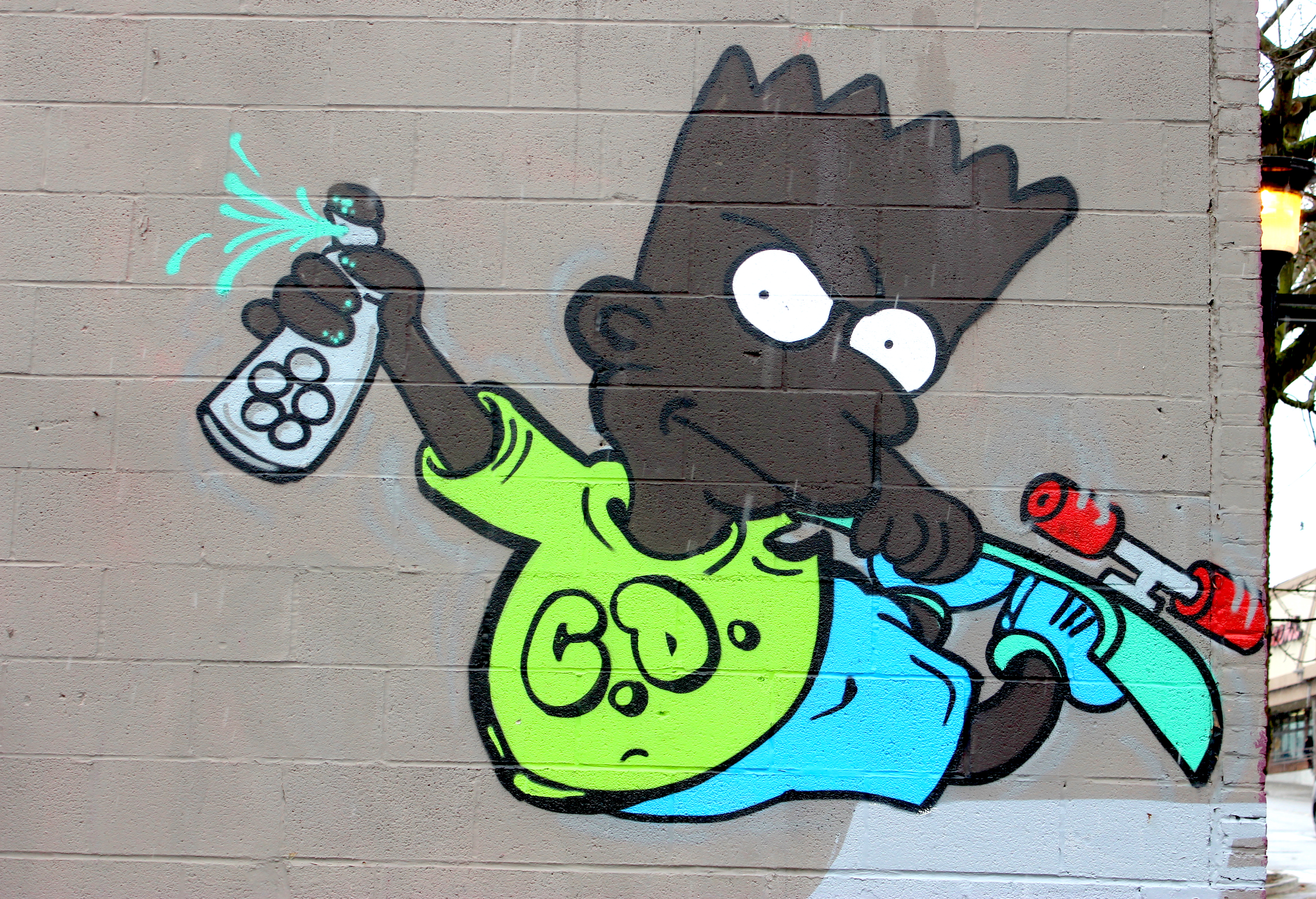In 1993, Seattle was doing a lot of handwringing.
“Grunge music,” which began as a conscious reaction to the musical excess of the ’80s, was turning the city into a commercial gold mine. Suburban kids from wealthy homes were tying trendy flannel around their waist (thanks in part to Vogue’s flannel fashion spread), and Seattle was not happy.
Grunge is “coming soon to a high school or mall near you,” quipped a New York Times story at the time. In retaliation, Sub Pop Vice President Megan Jasper, then the label’s receptionist, fed the publication a hoax: the now-famous “Grunge Lexicon.” A hack Newsweek and USA Today article spotlighting Riot Grrl bands triggered an unofficial media blackout from the movement’s adherents, who smelled the culture vultures circling overhead (especially when Disney pitched a Riot Grrl cartoon show). Then, as prophecy foretold, Nickelback and Creed turned grunge’s guttural screams into radio-lite, divorcing the movement from its inherent social critique in favor of anodyne-innocuous Top-40 jams.
For 20 years, the ghost of grunge has haunted Seattle as a strange spectral ectoplasm—sometimes a point of pride, other times an example of integrity lost. In a feat of prestidigitation, we turned Cobain’s flannel back into noble lumberjack wear, replacing fuzzy guitars and scraggly chins with acoustic folk ditties and woods-ready beards. Instead of heavy, we did harmonies. It worked.
But back in ’93, while the debate about Seattle’s authenticity raged on, the kids who worshipped the music didn’t give a damn. They were all in elementary school, and didn’t even know what “cred” meant. They just liked the tunes.
And so those coming of age in the Nevermind Northwest grew up—and this year, we discovered some of their bands.
Calling a band “grunge” in 2013 feels like calling modern, upbeat piano music “ragtime.” Grunge, as a genre, sounds like something long since laid to rest. But the word resurfaced this year, and things got a little shaken up.
Seattle’s Sandrider made a surprise appearance on ESPN’s Monday Night Football during the Seahawks/Saints game that resulted in a glorious 7-34 victory and a new world record in crowd noise for the 12th Man. In a special segment in honor of the achievement, footage of Sandrider’s recent album-release show played onscreen as the network compared the band’s volume to the decibel readings at CenturyLink field. Sandrider was identified as a “Grunge Band.”
About a week later, Wilco’s Jeff Tweedy joked onstage at his Seattle show that the dudes in Sandrider were the “stray cats of grunge.” The jab was meant as a critique of ESPN’s resurrection of the loaded label, but in reality ESPN wasn’t too far off: The band cites Soundgarden as a huge influence. (Also, just listen to Godhead.)
“Sandrider is a quintessential Northwest rock band that fits in sonically with some of the greats from that period of time,” says Nik Kristofferson, the head of Sandrider’s local label Good to Die. “It’s no secret that the fellas are influenced by the bands from that era. Jon and Nat are in their early 30s. Jesse’s a little older, but still, that stuff is in their DNA as musicians.”
The label sold out of every copy of Godhead in two weeks. Before the TV appearance.
For a tiny Seattle imprint to experience a run like that—let alone to get a band screen time during a game that, statistics show, 47.2 percent of Seattle’s televisions were tuned to that day—is an absolute feat. It’s also an indication of a sea change. In the world’s eyes again, the “SEATTLE SOUND” was loud: loud as in Deadkill–, Monogamy Party–, and Helms Alee–loud. Helms Alee, in fact, gleefully depicts itself as ’90s-style Beavis and Butt-head caricatures in promos, and even started a local amp manufacturer, Verellen, that specializes in fuzzed-out Mudhoney-style tones. These upcoming bands may be indebted to grunge’s sound, but not to its bloated cultural stigmas or the self-mockery that eventually morphed into self-seriousness. Seattle’s new wave of hard-rock bands, as Kristofferson puts it, simply dig that “quintessential Northwest badass loud-as-fuck rock and roll.”
That atavistic DNA in these bands makes for goofy, lighthearted phenotypes as well. Sandrider’s promo shot is just the three dudes spewing beer all over themselves. Helms Alee ride coin-operated ponies in theirs.
The promo image that ruled 2013, however, belonged to Chastity Belt. Lead singer Julia Shapiro, the heir apparent to Bikini Kill’s Kathleen Hanna, blew everyone’s mind when her shambling, all-lady band released a photo that showed a slab of raw meat chained to her crotch. The pic shot the band to the top of Buzzfeed’s “21 Painfully Awkward Band Photos” and launched a handful of blog posts pontificating on the implications of the band’s debut LP No Regerts.
The difference is, in the Riot Grrl era (when Hanna performed shows with “SLUT” scrawled on her torso), things were more black-and-white. Shapiro, however, writes songs called “Giant (Vagina)” and “Pussy Weed Beer.” Chastity Belt is as much about feminism as about having a good-ass time at a party. Shapiro is a “rebel girl,” no doubt, but in 2013, she can have a sense of humor and a bit of a go at your expense. Her new all-female project, Childbirth, features members in matching maternity-ward gowns and songs like “I Only Fucked You as a Joke” and “Crossbitch.”
In a year that saw Soundgarden and Chris Cornell selling out shows, Mudhoney playing atop the Space Needle, Pearl Jam debuting at #1 on the Billboard charts, and a documentary about Kathleen Hanna packing theaters, Seattle is once again ready to embrace its past.
But this isn’t just simple nostalgia. It’s all those ’90s kids owning the glory of Seattle’s musical past while shedding its baggage. After all those years of grunge’s ghosts haunting town, 2013 was a proper exorcism.









